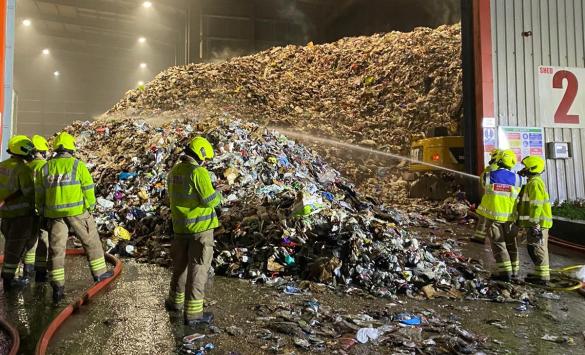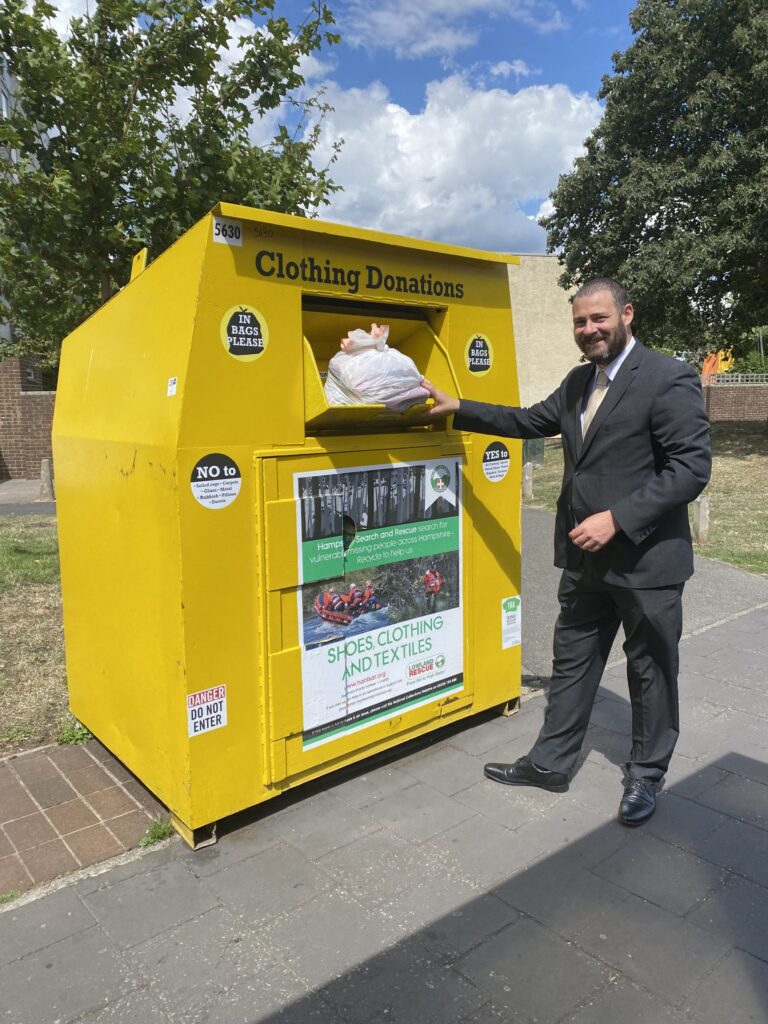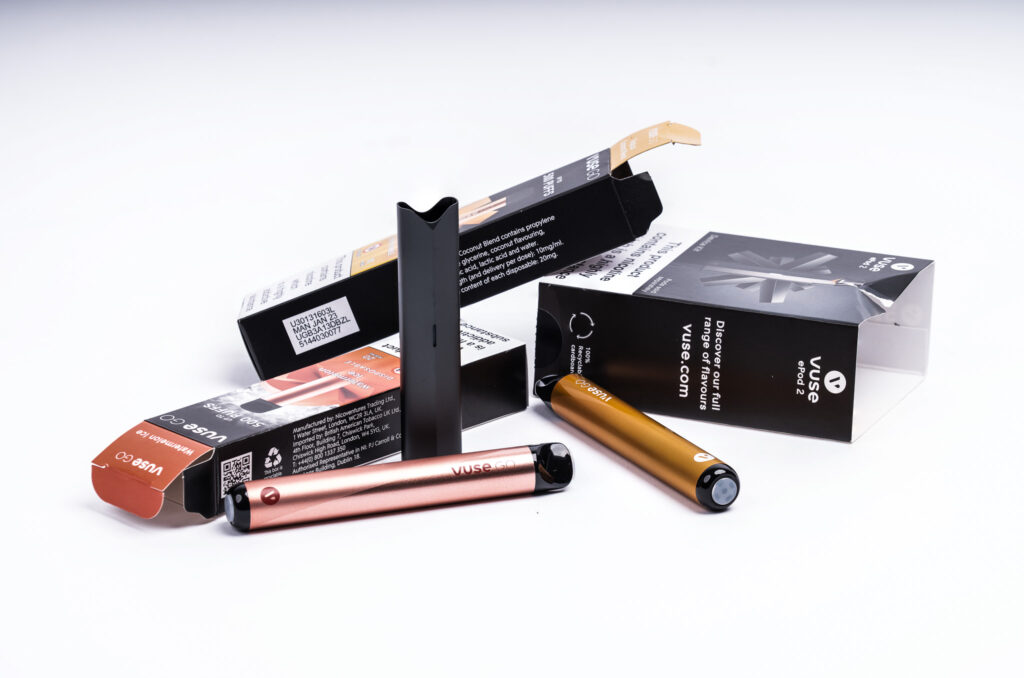Far East demand boosts non-ferrous sentiment, BIR told
Reports of good demand in the Asia-Pacific region for non-ferrous metals, including copper and aluminium, helped boost sentiment at the Bureau of International Recycling’s recent non-ferrous division meeting. BIR has released details of the meeting, last week, which saw the industry holding an optimistic note with good demand from the Asia-Pacific region. A review of world markets was presented by general delegate Hans-Peter Mnster, executive Director of the VDM – the German non-ferrous recycling association. After a long period of slack business dating back to 1996, non-ferrous recycling had taken “a deep breath” this year, and developed positively. The European sector, he said, had been characterised by a 20% weakening of the euro against the US dollar, resulting in higher prices in the EU single market in relation to world values. Selling prices had risen and margins had stabilised. The copper and aluminium sectors had been particularly lively in The Netherlands where the authorities took a very restrictive view of environmental regulations and their impact on international trade. Rationalisation among processing companies continued in the United Kingdom where the strength of sterling affected the export market, particularly in trade to the Far East. After strengthening in the post-summer period, the Italian market had since weakened somewhat. Brass scrap was scarce, with supplies coming only from Germany and southern France, as material from other European countries tended to be exported to India and the Far East. Currently, demand was quite weak and sales volumes were dropping. In the northern area of Europe, consumption capacity was rising, and supplies from the CIS had fallen to around 2000 tonnes. Order books had been full in Germany and trading generally positive, although there were complaints about low aluminium prices. High quality zinc materials were sometimes hard to obtain, reported Mr Mnster. Demand for copper and aluminium had been very healthy in the Asia/Pacific region and that for other metals more or less stable. This year was being heralded in the Middle East as one of the best for a decade. Demand had been rising, and aluminium smelter capacity was almost fully utilised. The first six months had been positive for the non-ferrous sector in North America, but the second half was being affected by higher oil prices and an easing in the economy as a whole. Demand for scrap was falling. It was impossible to forecast the path of energy prices, observed Mr Mnster, but within that constraint the general outlook was cautiously optimistic. In a changing world, a message was delivered to delegates by Hans-Gerhard Hoffmann. He reminded the non ferrous division that “no matter what changes overtook the secondary metals industry, trading relationships remained of the utmost importance.” A member of the Executive Board of Httenwerke Kayser (Germany), the biggest recycler of copper in the world, he set the scene of “the good old days” when the merchant trade was well structured, with a network of large, intermediate and small firms. Those large companies maintained close connections with domestic refineries, and long-term contracts facilitated long-term planning. As they could rely on a limited number of major suppliers, the refiners did not have to engage deeply in the scrap market. Today, however, the situation was quite different. A good many of those large merchant companies had disappeared. Consolidation in the European and United States copper industries had brought about mergers and capacity closures. There was growing volatility in supply of secondary material, a smaller number of large refineries being supplied by a greater number of smaller merchants. Then there was the imponderable role of the CIS, which had been open for business in the 1990s but for the moment at least was apparently closed. Mr Hoffmann referred to the “unrealistic” export duty introduced by the CIS which, he insisted, could not remain for long. For the time being, however, there was no option but to accept it.










Subscribe for free